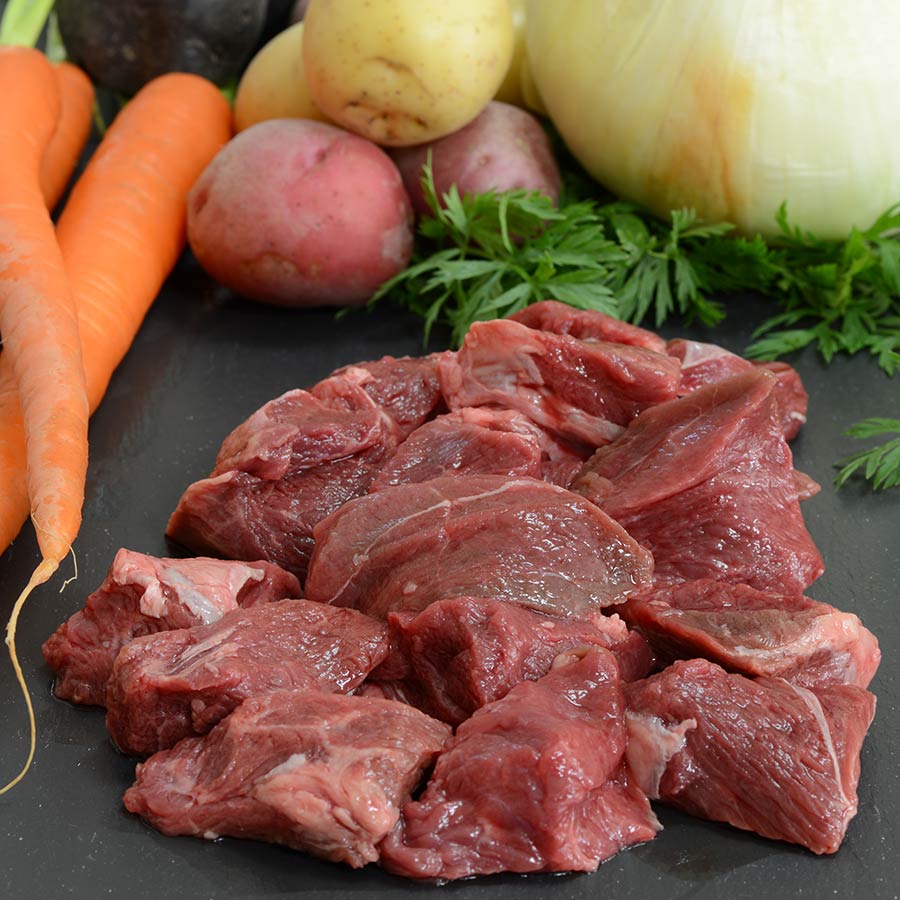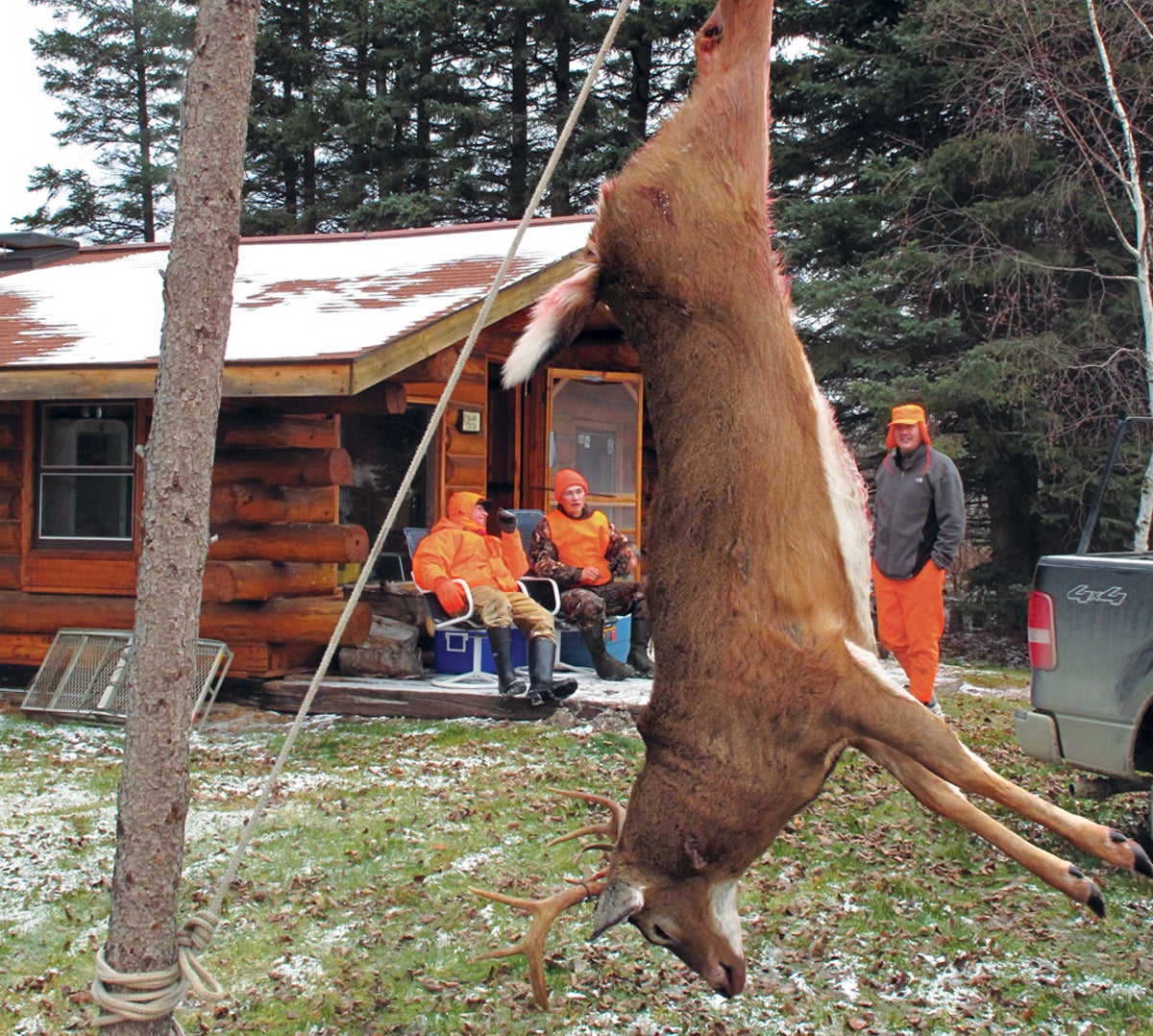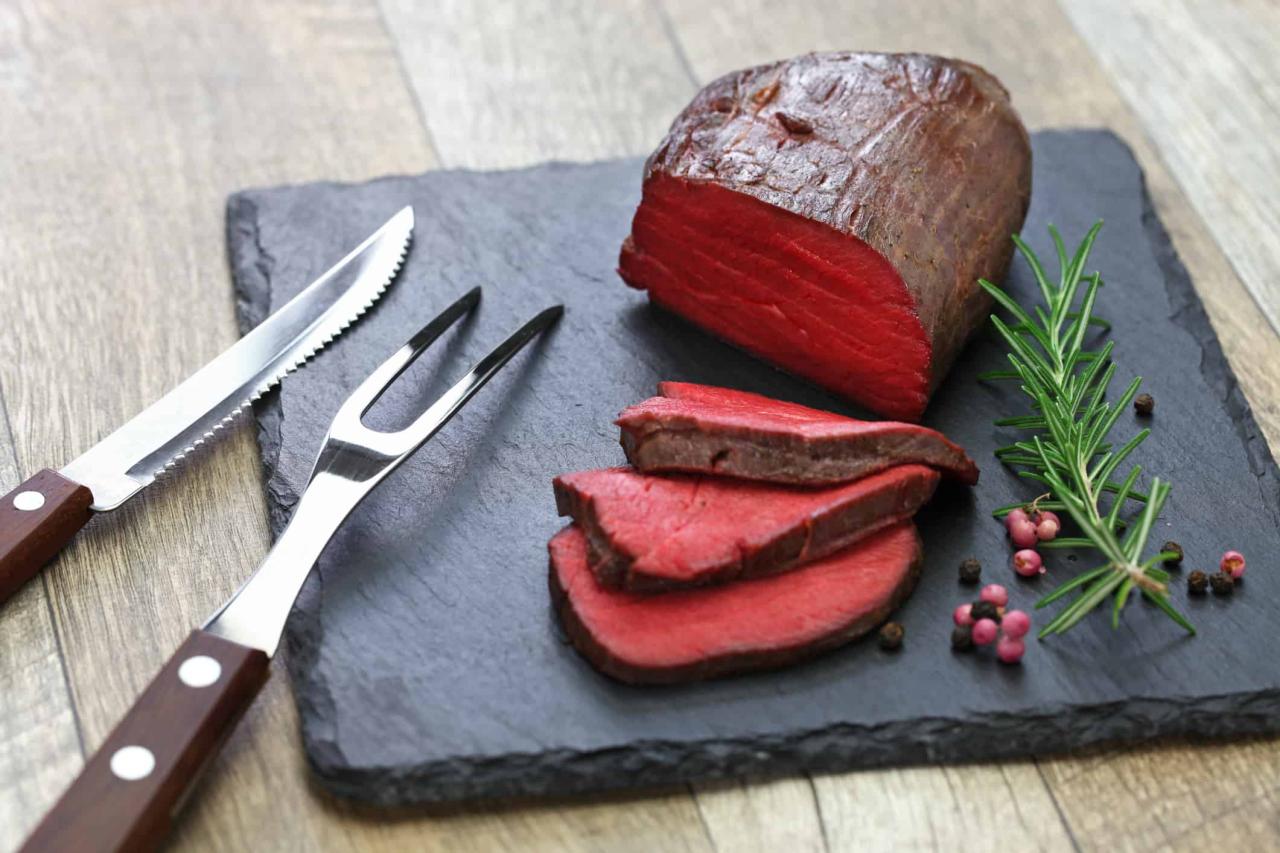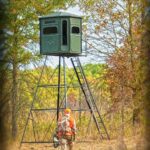Can you ship deer meat? It’s a question that hunters and meat lovers alike often ask. The answer is yes, but there are some important things to keep in mind. In this article, we’ll cover everything you need to know about shipping deer meat, from the legal requirements to the best packaging and shipping methods.
We’ll also provide answers to some of the most frequently asked questions about shipping deer meat. So, whether you’re a seasoned hunter or you’re just curious about this topic, read on to learn everything you need to know.
Shipping Deer Meat Regulations

Shipping deer meat within and across state lines is subject to various regulations and requirements to ensure the safety and quality of the meat. These regulations may vary depending on the specific states involved, but there are some general guidelines and legal considerations that apply.
Permits and Licenses
In most cases, shipping deer meat requires a valid hunting license or permit from the state where the deer was harvested. This license or permit serves as proof that the deer was legally harvested and processed. Additionally, some states may require a separate permit or certification for shipping deer meat across state lines.
Quantity and Type Restrictions
There may be restrictions on the quantity and type of deer meat that can be shipped. Some states limit the amount of deer meat that can be shipped out of state, while others may prohibit the shipment of certain types of deer meat, such as ground venison.
Packaging and Labeling Requirements
Deer meat must be properly packaged and labeled before it can be shipped. The packaging must be leak-proof and meet the requirements of the shipping carrier. The label must include the following information: the name and address of the sender, the name and address of the recipient, the type of deer meat, the weight of the meat, and the date the meat was harvested.
Packaging and Shipping Methods: Can You Ship Deer Meat

To maintain the freshness and quality of your deer meat during shipping, proper packaging and handling techniques are crucial. Depending on the quantity and desired delivery time, you can choose from various shipping methods.
Before packaging, ensure the meat is properly cleaned, trimmed, and cut into manageable portions. Use airtight, vacuum-sealed bags or heavy-duty freezer bags to prevent freezer burn and contamination. Place the vacuum-sealed packages in a sturdy cardboard box lined with an insulating material such as bubble wrap or foam sheets.
Although hunting deer with a .22LR is possible, it’s generally not recommended due to the limited range and power of the cartridge. However, for deer hunting, a .22-250 can be a suitable choice, offering a balance of accuracy and power.
In certain areas, it may be legal to hunt black deer , but it’s important to check local regulations and ensure ethical hunting practices are followed.
Shipping Methods
Once packaged, you can choose from several shipping methods based on your budget and time constraints.
Hunting deer requires careful consideration of the caliber you choose. Can you hunt deer with a 22LR ? While it’s technically possible, it’s not recommended due to its limited range and power. For deer hunting, a 22-250 caliber offers a better balance of accuracy and energy.
However, it’s important to note that in some areas, shooting black deer may be prohibited or have specific regulations.
- Overnight Delivery:This method ensures the fastest delivery, usually within 1-2 days. It is ideal for small quantities of meat or if you need the meat delivered by a specific date. However, it can be more expensive than other methods.
- Ground Shipping:This method is more economical than overnight delivery but takes longer, typically 3-5 business days. It is suitable for larger quantities of meat or if you have more flexibility with delivery time.
- Cold Storage:If you have a large amount of meat or require long-term storage, consider using a cold storage facility. These facilities provide temperature-controlled environments to preserve the meat’s quality for extended periods.
The cost of shipping will vary depending on the shipping method, distance, and weight of the package. Be sure to compare quotes from different carriers to find the most cost-effective option.
Shipping to Specific Locations
Navigating the regulations and requirements for shipping deer meat across state or international borders is crucial. Different destinations have varying rules, and understanding these nuances is essential to ensure a smooth and compliant shipment.
Regulations and Requirements
- State Regulations:Each state has specific regulations regarding the shipment of deer meat. Research the regulations of the destination state to determine any permits, inspections, or labeling requirements.
- International Regulations:Shipping deer meat internationally involves adhering to strict regulations set by the destination country. Consult the embassy or consulate of the destination country to obtain information on import permits, health certificates, and other necessary documentation.
Additional Documentation and Inspections, Can you ship deer meat
Depending on the destination, additional documentation or inspections may be required:
- Health Certificate:A health certificate issued by a licensed veterinarian may be required to certify the health and safety of the deer meat.
- Inspection:The deer meat may be subject to inspection by the destination state or country’s authorities to ensure compliance with regulations.
Finding Reputable Shipping Companies
Partnering with a reputable shipping company that specializes in handling deer meat is crucial. Look for companies with experience in shipping to your desired destination and a track record of compliance with regulations. Research online reviews and ask for recommendations to identify reliable shipping providers.
Health and Safety Considerations

Improper handling and storage of deer meat can lead to foodborne illnesses caused by bacteria such as E. coli, Salmonella, and Campylobacter. These bacteria can multiply rapidly in warm temperatures, making it crucial to refrigerate or freeze deer meat promptly after harvesting.
Additionally, proper cooking is essential to kill any potential pathogens.
Signs of Spoilage or Contamination
* Off-odors or a slimy texture
- Discoloration, such as green or gray spots
- Mold growth
- Sour or putrid smell
Consuming spoiled or contaminated deer meat can lead to symptoms such as nausea, vomiting, diarrhea, and abdominal pain. In severe cases, it can even be life-threatening. To avoid these risks, it is important to handle and store deer meat properly, and to cook it thoroughly before eating.
Alternative Shipping Options

In addition to using coolers and dry ice, there are alternative shipping options available for deer meat, such as vacuum sealing or freezing.
Vacuum sealing involves removing the air from a specially designed bag before sealing it, creating an airtight environment that helps preserve the meat and prevent spoilage. Freezing, on the other hand, involves lowering the temperature of the meat to a point where microbial growth is inhibited.
Vacuum Sealing
Vacuum sealing is a great option for shipping deer meat because it helps to remove oxygen, which can cause spoilage. This method can extend the shelf life of the meat by several weeks or even months.
To properly vacuum seal deer meat, you will need a vacuum sealer and special vacuum-sealed bags. First, cut the meat into desired portions and place it in the vacuum-sealed bag. Then, use the vacuum sealer to remove the air from the bag and seal it tightly.
Freezing
Freezing is another viable option for shipping deer meat, as it can help to preserve the meat for several months or even years. However, it is important to note that freezing can alter the texture and flavor of the meat.
To properly freeze deer meat, wrap the meat tightly in freezer paper or plastic wrap. Then, place the wrapped meat in a freezer-safe bag or container. Be sure to label the bag or container with the date and contents.
Last Word

Shipping deer meat can be a great way to share your harvest with friends and family or to sell to customers. By following the tips in this article, you can ensure that your deer meat arrives safely and in good condition.
Commonly Asked Questions
Can you ship deer meat across state lines?
Yes, you can ship deer meat across state lines, but you must follow the regulations of both the state you are shipping from and the state you are shipping to.
What are the legal requirements for shipping deer meat?
The legal requirements for shipping deer meat vary from state to state. However, most states require that deer meat be properly packaged and labeled, and that it be shipped through a licensed carrier.
What is the best way to package deer meat for shipping?
The best way to package deer meat for shipping is to vacuum seal it in freezer-safe bags. This will help to keep the meat fresh and prevent spoilage.







